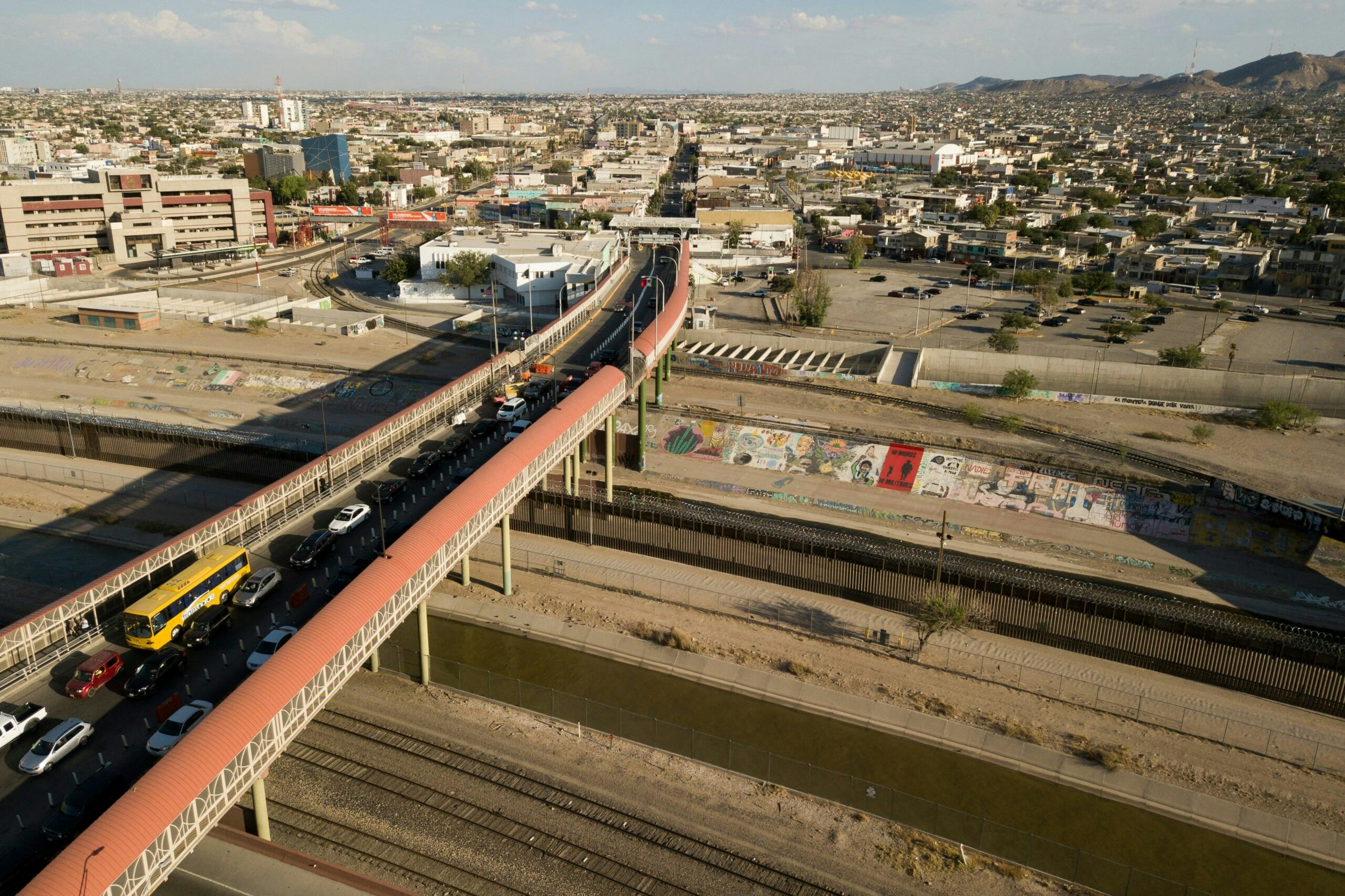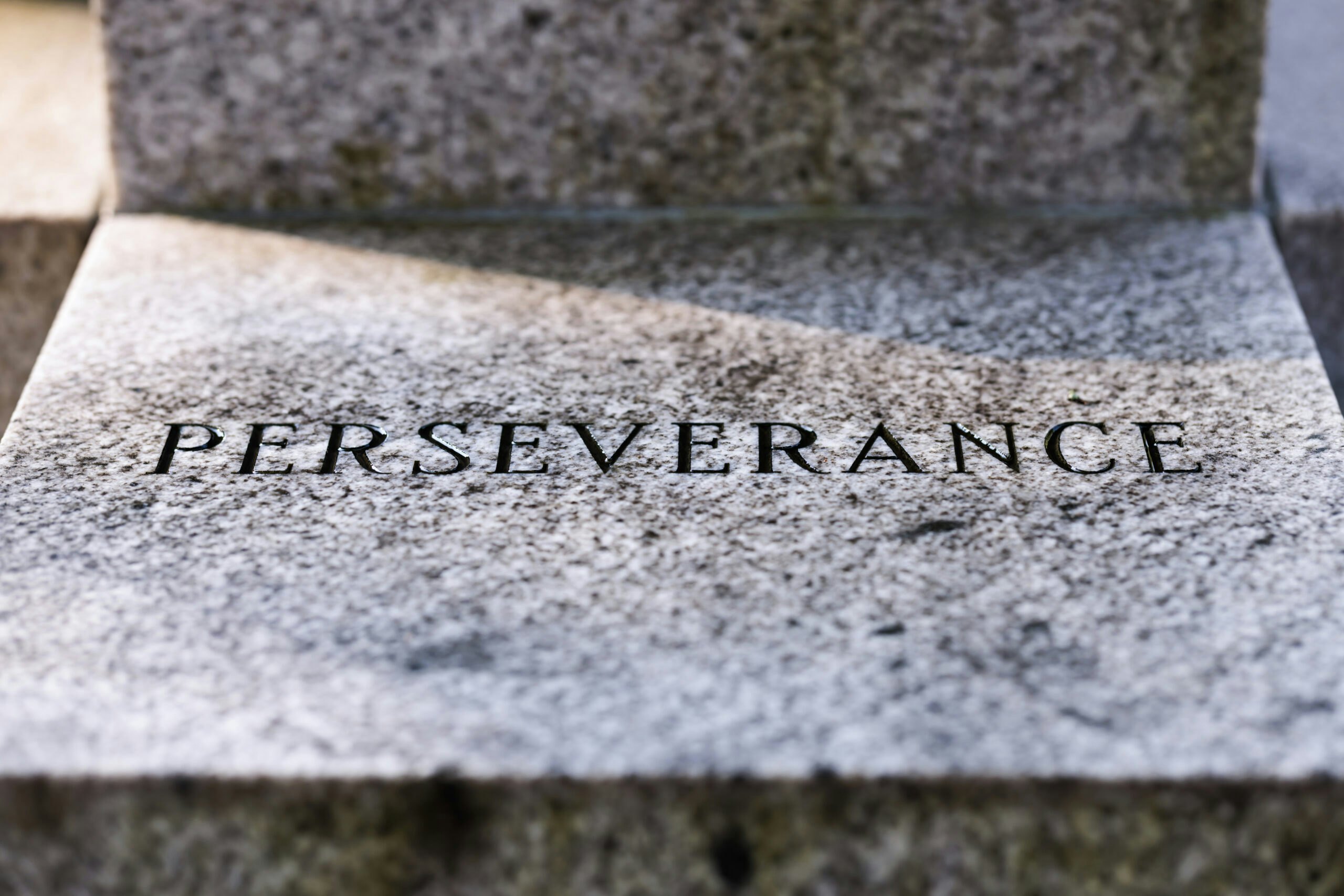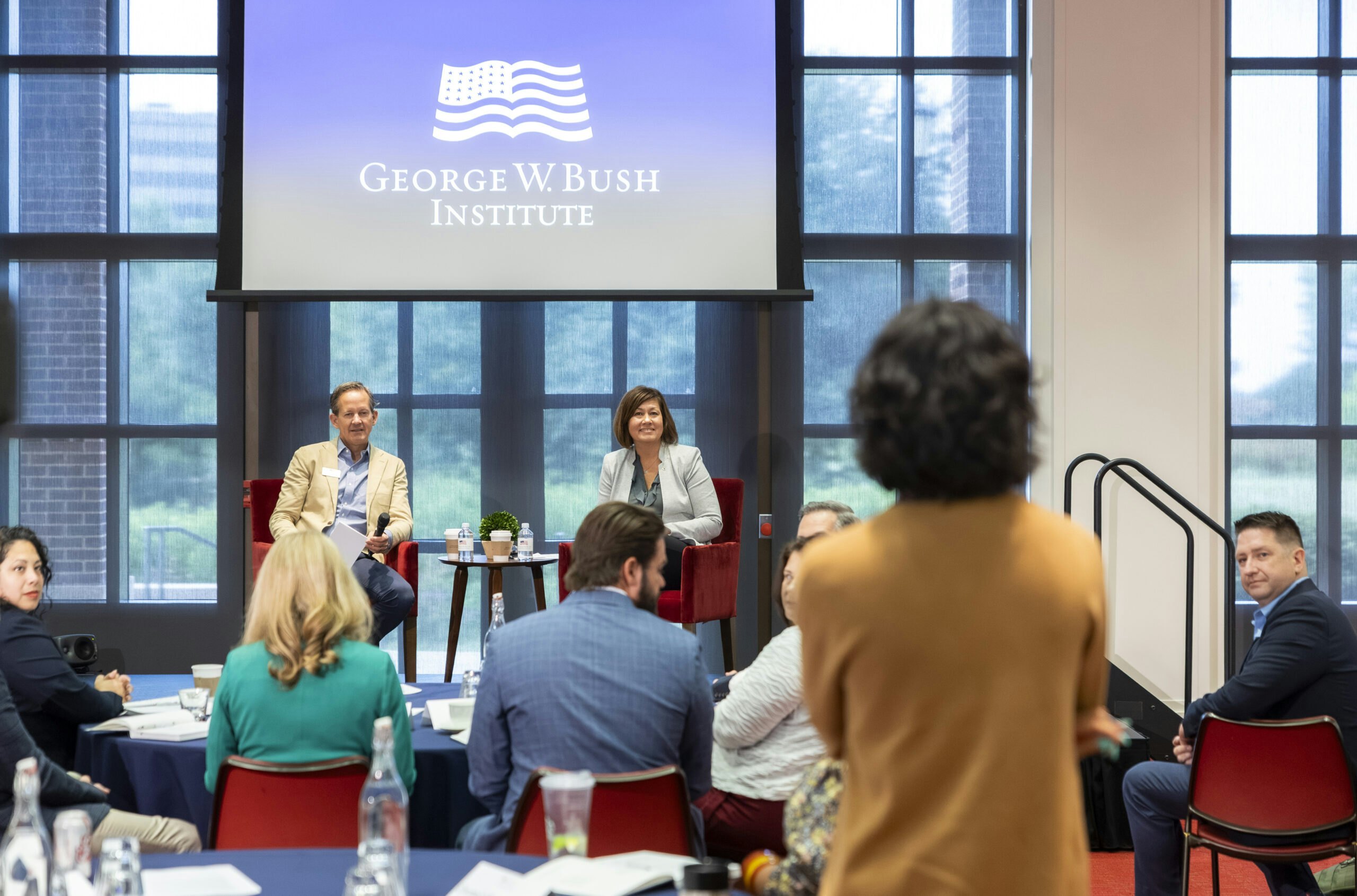In early April, an out-of-the ordinary story appeared on the website of the El Paso-based Puente News Collaborative. The piece described how a South Texas record store was bringing back vinyl records that Rio Grande Valley music icons like the late Freddy Fender once released.
Palabra, the National Association of Hispanic Journalists’ site, simultaneously published the story that freelance writer Jason Burch reported from Pharr, Texas. Independent photographer Michael Gonzalez provided compelling visuals. And Dudley Althaus, a veteran journalist who previously served as Mexico City bureau chief for the Houston Chronicle and a Wall Street Journal Mexico correspondent, edited the piece.
Together, they provided readers engaging journalism that detailed how music that originated along the Texas/Mexico border influenced the larger American culture. Depending upon one’s age, readers were either reminded or informed about the expansive influence of the U.S. border on many parts of the nation’s life.
The story also allowed the Puente News Collaborative, one of 258 local, non-profit news sites launched since 2019, to meet its top goal: Provide reporting about the U.S/Mexico border and Mexico itself to media outlets. And not just about immigration and trade, as important as those subjects are to our country, but also about the everyday life of one of America’s most pivotal but underreported regions.
Specialization matters
The nonprofit, bilingual collaborative began five years ago as an El Paso Community Foundation (EPCF) project with seed money from Microsoft. The initiative’s early incarnation brought together newsrooms in El Paso and Ciudad Juárez to cover their two cities, which sit across the Texas/Mexico border from each other as one large urban area.
The operation remains an EPCF project, but it has rebooted and hired as executive editor Alfredo Corchado, who served more than two decades in the Mexico City and El Paso bureaus of The Dallas Morning News (Acknowledgement: Corchado and I once were Morning News colleagues.) Puente has no physical newsroom, but it partners in providing news and information with the El Paso Times, local English and Spanish TV stations, El Paso’s public radio outlet, and the University of Texas at El Paso (UTEP), among other institutions. Recent funding came from Levi Strauss and Corchado and EPCF are actively seek philanthropic support.
You won’t discover daily or short-term stories on the Puente site. Nor will you find a universality of topics. Rather, you will see an examination of deeper issues about the U.S./Mexico border. Puente’s singular focus on the rich and complex ways of life in places like Laredo and Pharr on the U.S. side and Aguascalientes in Mexico leads to unique and unduplicated content.
The playbook is similar to that of education sites like Chalkbeat and The 74 (Acknowledgement: The George W. Bush Institute has partnered with The 74 in publishing education reports.) Those niche publications go deep into one subject — education — and explore its far-reaching angles and tentacles. The specialization that Puente and specialized sites offer is similar to how The Wall Street Journal made its mark in the middle 1900s with knowledgeable, relevant business reporting.
In this case, Puente keeps readers abreast of pressing domestic and international topics by delving into the economics, politics, and culture of two neighboring nations. The nonprofit delves into this fertile ground for news and information by drawing upon a steady number of freelancers from both countries, many of whom are veteran journalists.
Consider a recent piece about the possible impact of tariffs as well as the parasitic screwworm on cattle ranching on both sides of the Rio Grande River. Working with experienced editors, Sandra Sadek and Gibran Caroline Boyce reported a story that digs into the complexity of Borderland ranching. Drawing upon multiple sources in the United States and Mexico, they combined information about business and medicine to help the reader understand the dynamics of the important beef industry and how trade operates — or doesn’t — at key ports of entry into the United States.
The story appeared in the El Paso Times and The Guardian, as well as on the Puente site. That met another Puente goal: Help newsrooms like the El Paso Times cover the region, which is home to stories and trends ranging from relations with our southern neighbor to Hispanic voting patterns to immigration flows to cultural traditions rooted in life along the U.S./Mexico border.
Unfortunately, fewer organizations and journalists are reporting on this very dynamic part of our country. About half of the 25 counties along the U.S./Mexico border either have no newsroom or only one reporter. And Corchado says that only nine reporters cover the Rio Grande Valley, which is home to ranching and farming communities as well as bustling towns like Brownsville, McAllen, and Harlingen. A new Rebuild Local News and Muck Rack study confirms the paucity of journalists along the Texas/Mexico border. For example, no journalists are found in Lower Rio Grande Valley counties like Brooks, Jim Hogg, and Kenedy.
Puente stepped into this breach last year with an informed story that appeared in several sites, including the San Antonio Express News, about how Ecuadoran authorities were working to stop Chinese migrants from making their way towards the United States. Likewise, Puente provided a story after Mexico’s 2024 presidential election that explained the rise of Mexico’s new leader, Claudia Sheinbaum. The site also provided the only U.S. media poll on the Mexican election. And a Puente team detailed how Mexican entrepreneurs are considering investing in and relocating to Texas.
Without in-depth reporting, which requires knowledgeable journalists with credible sources, Americans have a more difficult time finding reliable information that helps them understand important developments and make decisions based upon facts. That includes making decisions about foreign policies.
Collaboration expands the reach
The ranching story that Sadek and Boyce authored met a third goal as well: Prepare young journalists to write knowledgeably about the border. The reporters were both students in City University of New York’s (CUNY) Craig Newmark Graduate School of Journalism.
They were part of a team of six CUNY students who traveled to the region. “They learn about trade and immigration, and we help them publish their stories,” Corchado explains.
Puente especially has been working with University of Texas at El Paso students. The collaborative now has its second UTEP intern and is seeking funding to hire a UTEP student to focus on social media engagement. “Working with the next generation is one of the three cores of Puente’s mission,” says Corchado, a UTEP graduate himself. “I believe I had an advantage over other colleagues who dreamed of working as foreign correspondents. Our border – a binational, bicultural and bilingual region – is the best laboratory for young journalists.”
Puente seeks to become a bridge between student reporters at U.S. universities and Ciudad Juárez. Corchado, for example, recently spent a day in Juárez shadowing a UTEP intern working on a story about international trade and the cost of tariffs. “We think the experience is invaluable and can help form foreign correspondents for years to come,” he says.
Beyond preparing students, Puente is providing micro grants to both for-profit and non-profit media organizations to report on border-related issues. The funding comes through the Levi Strauss grant, and awards have gone to smaller news operations like MyRGV.com, which reports on the Rio Grande Valley, and the Big Bend Sentinel in Marfa, Texas. The goal, Corchado says, is to fill in reporting gaps with original investigative journalism, support the reporting capacity of newsrooms, and educate, train, and develop new and current journalists.
Collaboration is an important new wave in journalism as the number of news organizations and journalists has declined. They still compete in getting stories, but walls have come down in ways that would shock old-school editors and reporters. The Dallas Morning News, for example, collaborates with KERA, the North Texas public radio station, on arts reporting. And the Morning News works with the non-profit Fort Worth Report in covering that neighboring city.
In Louisiana, John Georges owns The Advocate, which publishes separate editions in Baton Rouge, New Orleans, Lafayette, and Shreveport-Bossier City. Together, though, Advocate journalists collaborate on stories that affect the state as a whole, including reporting from Washington, coverage of which has become a rarity of sorts among too many local and regional news outlets.
Newswell, an Arizona State University affiliate, offers another collaborative model. Owners have donated 10 California news properties to the nonprofit organization. Local journalists still run the newspapers – eight in San Diego, one in Santa Barbara and another in Stockton – but Newswell staff help with such back-office work as information technology, human resources, accounting, and legal assistance. They also assist with investigative reporting when necessary.
The collaborative journalism model is based upon the belief that pooling together resources is one way to counter the decline in local journalism. Puente is adopting this model as it ramps up reporting in what is essentially Ground Zero in America’s immigration debate.
Other institutions are taking note of its reporting. So far, Puente’s work has been picked up by such journalism organizations as USA Today, El Paso Times, San Antonio Express News, Los Angeles Times, The Guardian, Texas Public Radio, MyRGV.com, KVIA-Channel 7 in El Paso, and El Pais in Spain, among others. A 2024 Puente feature that reported on the rise of Mexico’s new president won an award from the Best of the West journalism contest, which assesses the work of newspapers, TV stations, and digital outlets in the Southwest and West. The piece explored how Sheinbaum’s presidency may affect the United States.
|
|
Corchado concedes that Puente’s evolving success is bittersweet. “We’re growing with more than a dozen freelancers and more than a dozen publications and digital outlets,” the longtime border reporter says, “but that growth is also a reflection of the vacuum left by the closing of so many bureaus once dedicated to border and Mexico coverage.”
What’s next
Puente wants to bring its reporting to more news organizations beyond the border, such as in the Midwest. “We must inform people beyond the border and enlighten readers of how connected we are economically, culturally and even politically,” Corchado explains. “I have spent much time in the Midwest and witnessed those keen connections. We’re currently working closely with Investigate Midwest, a nonprofit, award-winning news site based in Illinois, for our initial collaboration.”
An inkling of what Puente envisions occurred as the 2024 presidential election neared. Corchado reported from Wisconsin on how the state’s Hispanic voters were approaching the race. He also focused on the role immigrants play in Wisconsin.
Now, one of the biggest decisions facing the collaborative is sustainability and whether to charge for its reporting. The downside to nonprofit journalism is that its leaders and ever-important development officers must constantly raise money, often from philanthropies. Corchado describes the situation this way: “We definitely believe that our work is top notch and deserves to be compensated. Yet, we also understand where our media industry is and are mindful of that. How do we balance that?”
This will not be an easy decision. Some emerging non-profit startups like the Baltimore Banner, which won a 2025 Pulitzer Prize, operate behind a paywall and charge digital subscribers. Yet successful digital, non-profit newsrooms like Texas Tribune willingly share their reporting for free with papers and sites around Texas. One reason the Tribune can do that is that it has made fundraising a full-throated priority, which its reputation as a reliable source of information for more than a dozen years has helped make possible.
Puente does not yet have that kind of track record. It needs revenue to exist, and charging for quality reporting is one way to generate income. The risk is that other news operations facing their own revenue challenges may not be in a place to pay for Puente’s stories.
“Stay tuned,” Corchado ended an email exchange about this challenge. That’s an understandable reaction. The media industry’s direction, as well as the definition of media today, is one of the big unknowns in America’s democracy. Former Washington Post editor Leonard Downie, Jr. addressed some of these uncertainties in a recent “Confronting the Future of Local News” report for the Knight Center for the Future of News, which was launched this summer at Arizona State University’s Walter Cronkite School of Journalism and Mass Communications.
For our part, the Bush Institute is spotlighting efforts to sustain as well as reinvent the journalism model. Fact-based, reliable information is essential to a healthy democracy.
Puente’s approach stands out because its knowledge-based journalism keeps interested readers abreast of a topic, which is far from the click-bait offerings of some general-interest publications. The in-depth, collaborative work serves as a example for both for-profit and non-profit news organizations that are searching for a foothold in local information ecosystems.
To succeed, though, Puente will need to marry its knowledge of and commitment to the border with fiscal restraint, an ability to attract funders, and an aggressive commitment to broad revenue streams. Americans’ knowledge of their border with Mexico depends in part upon Puente’s success.































